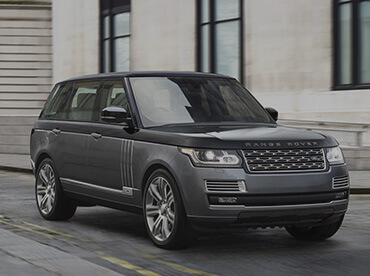Elements
Heading style 1
Forget for a moment the Ridgeline is a 4,500-pound unibody truck based on a front-wheel-drive chassis. While you’re invoking amnesia, forget also that the 2017 Ridgeline is longer and wider than a standard-bed Chevy Silverado circa 1985. Despite all that, it also feels (and looks) more like the archetypal Japanese compact pickup of the 1980s than any Nissan Frontier or Toyota Tacoma we’ve driven in a decade.
Heading style 2
Forget for a moment the Ridgeline is a 4,500-pound unibody truck based on a front-wheel-drive chassis. While you’re invoking amnesia, forget also that the 2017 Ridgeline is longer and wider than a standard-bed Chevy Silverado circa 1985. Despite all that, it also feels (and looks) more like the archetypal Japanese compact pickup of the 1980s than any Nissan Frontier or Toyota Tacoma we’ve driven in a decade.
Heading style 3
Forget for a moment the Ridgeline is a 4,500-pound unibody truck based on a front-wheel-drive chassis. While you’re invoking amnesia, forget also that the 2017 Ridgeline is longer and wider than a standard-bed Chevy Silverado circa 1985. Despite all that, it also feels (and looks) more like the archetypal Japanese compact pickup of the 1980s than any Nissan Frontier or Toyota Tacoma we’ve driven in a decade.
Heading style 4
Forget for a moment the Ridgeline is a 4,500-pound unibody truck based on a front-wheel-drive chassis. While you’re invoking amnesia, forget also that the 2017 Ridgeline is longer and wider than a standard-bed Chevy Silverado circa 1985. Despite all that, it also feels (and looks) more like the archetypal Japanese compact pickup of the 1980s than any Nissan Frontier or Toyota Tacoma we’ve driven in a decade.
Heading style 5
Forget for a moment the Ridgeline is a 4,500-pound unibody truck based on a front-wheel-drive chassis. While you’re invoking amnesia, forget also that the 2017 Ridgeline is longer and wider than a standard-bed Chevy Silverado circa 1985. Despite all that, it also feels (and looks) more like the archetypal Japanese compact pickup of the 1980s than any Nissan Frontier or Toyota Tacoma we’ve driven in a decade.
Heading style 6
Forget for a moment the Ridgeline is a 4,500-pound unibody truck based on a front-wheel-drive chassis. While you’re invoking amnesia, forget also that the 2017 Ridgeline is longer and wider than a standard-bed Chevy Silverado circa 1985. Despite all that, it also feels (and looks) more like the archetypal Japanese compact pickup of the 1980s than any Nissan Frontier or Toyota Tacoma we’ve driven in a decade.

Forget for a moment the Ridgeline is a 4,500-pound unibody truck based on a front-wheel-drive chassis. While you’re invoking amnesia, forget also that the 2017

If there’s any place the Ridgeline falls flat for us it’s styling; vastly improved over the former iteration, the front end looks kind of dumpy, particularly for the scrappy truck segment. Also note that we’re not generally a 22-inch wheel/35-series tire lovers – even 18-inch wheels look comically small in the wheelwells, again contributing to a sort of wussy truck look. In the end it probably won’t matter, and we are not even sure it would matter to us. The 2017 Ridgeline is a very compelling package for the driver who wants occasional truck utility without dealing with body-on-frame fuel economy and ride/handling compromises. Nicely equipped for under $35K, we predict Honda’s going to be happy they kept
Let’s start in the back – this is a truck, after all, and the Ridgeline has some cool features that will appeal to occasional users vs. landscape contractors. For one thing, the bed is shallow – it’s only about 17 inches from the top of the bed to the floor. While it does limit the height of objects you can carry, it also raises the bed floor almost to the tops of the
Get started
Share this content:







Commento all'articolo